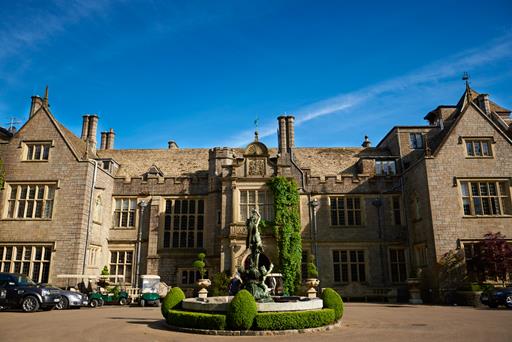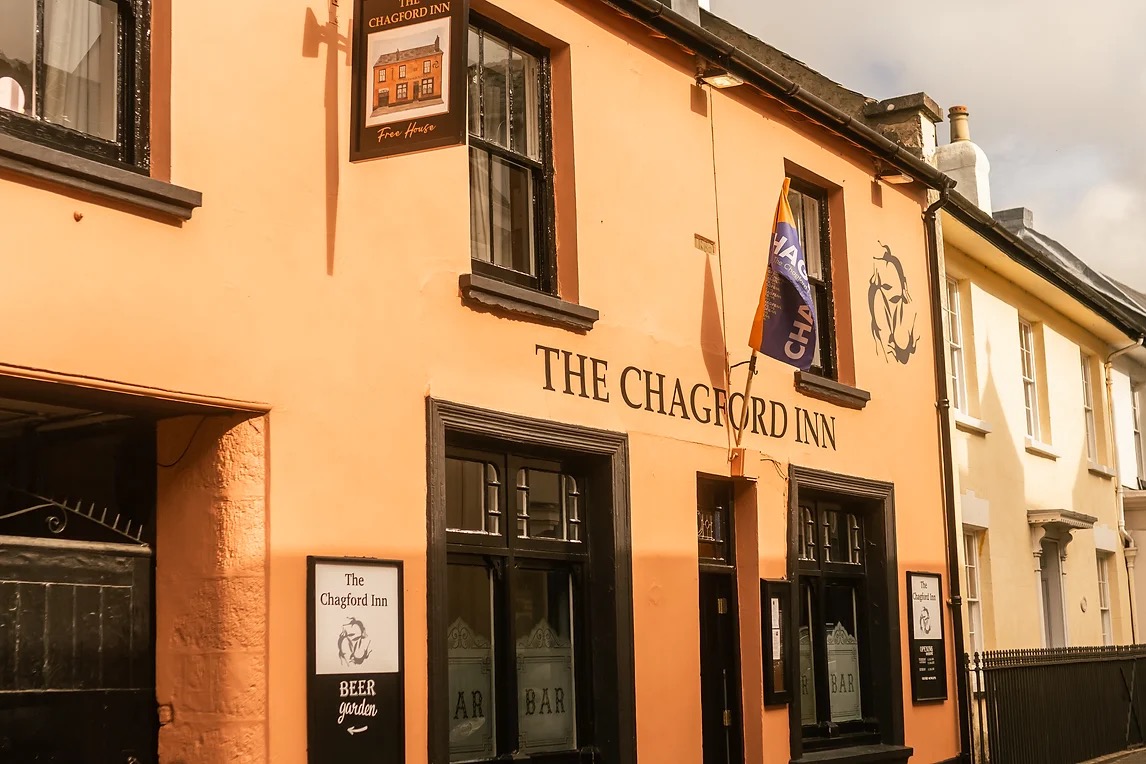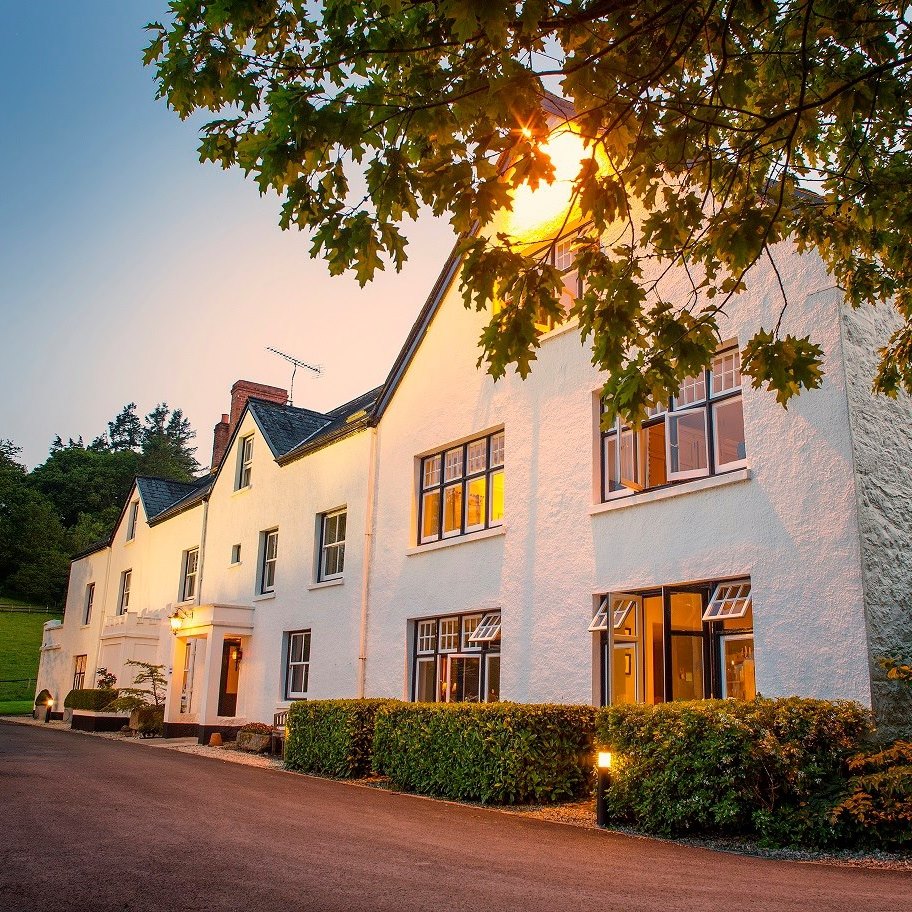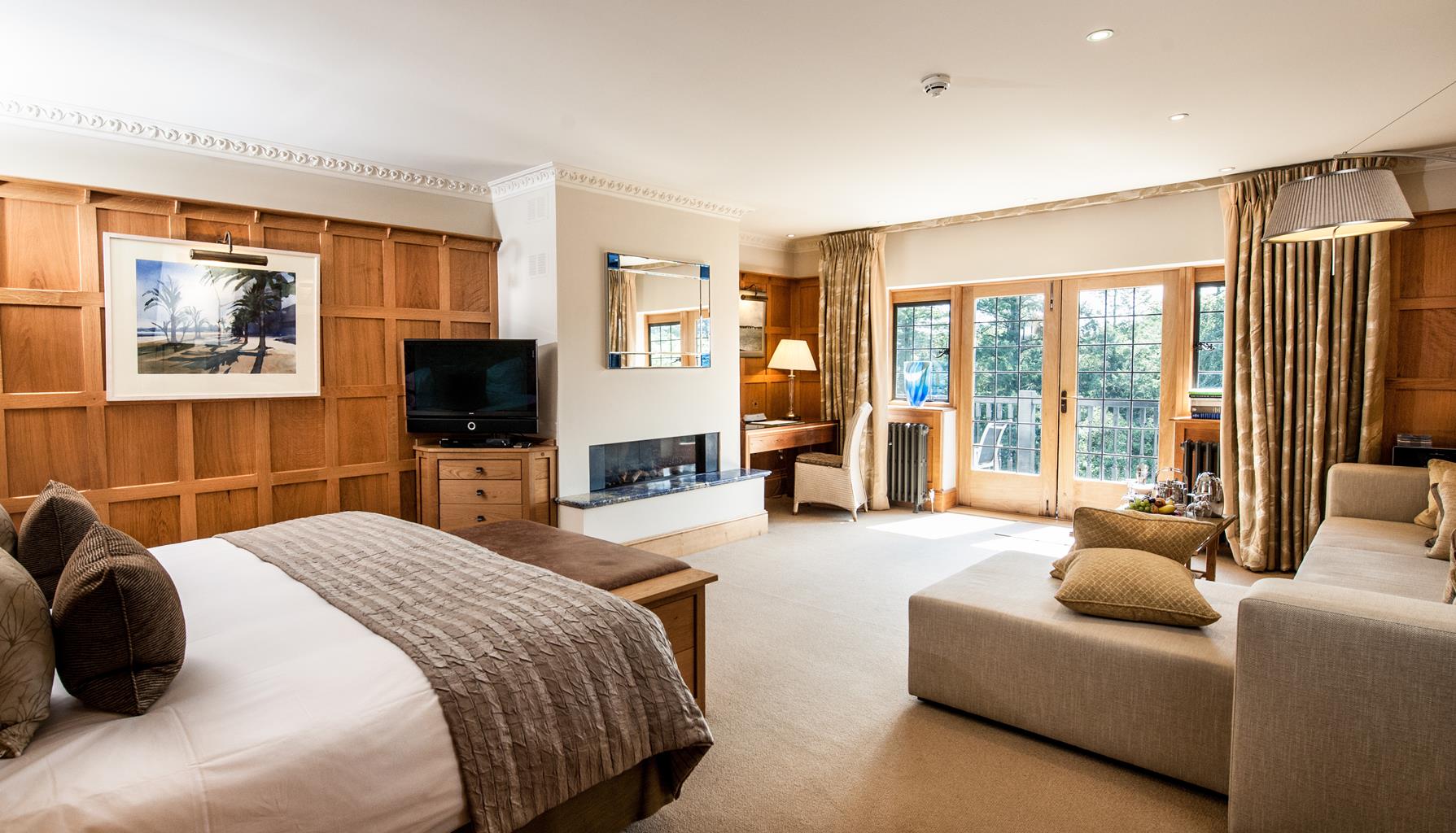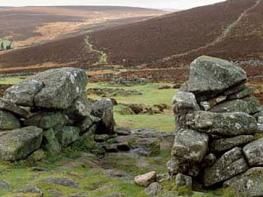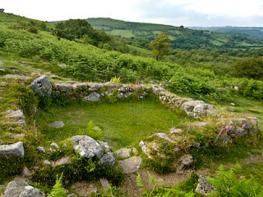If you want to get away from it all for an outdoor activity break, YHA Dartmoor is the perfect…
From Grimspound to the Golden Dagger tin mine

6.5 miles (10.4kms)
About the walk
The area around Vitifer and Birch Tor, near where you park, is a Site of Special Scientific Interest (SSSI), being one of the most spectacular areas of mature heather on Dartmoor, and rich in archaeological remains. Vitifer and Birch Tor mines, with Golden Dagger, were the only three large mines still producing tin in the 1820s, and by the mid-19th century Vitifer employed more than 100 men. It closed in 1870, but reopened in 1900 until 1914. A quantity of iron was also produced from the mines here.
Bennett’s Cross is a slanting stone cross marking the line of the ancient track across the moor, followed today by the route of the B3212, which was constructed towards the end of the 18th century. The cross also marks the boundary between the mines at Vitifer and Headland Warren, and between the parishes of Chagford and North Bovey.
The valley between Soussons Down and Challacombe Down has been the scene of industrial activity for more than 800 years, although the name ‘Golden Dagger’ wasn’t recorded until the 1850s. Medieval tinners extracted ore from the stream beds but later workers carried out open-cast mining, creating the deep gullies that are obvious today. Tin was drilled out by hand from underground shafts during the 18th and 19th centuries, and work finally ceased in the early 20th century; Golden Dagger was the last working Dartmoor tin mine. At Point 7 you will see all sorts of evidence on the ground: there’s a buddle, used to sort the crushed ore, Dinah’s House, last occupied in the 1940s, and Stamp’s wheelpit (minus its waterwheel), which was last used in 1916.
When you reach Two Burrows, rest by the old granite wall and enjoy the panorama to the east. The views all along the Hamel Down ridge are breathtaking, and from this particular point you can see (from left to right) Hayne Down, Hound Tor, Honeybag Tor, Chinkwell Tor, and the characteristic outline of Haytor. To the left again you can pick out where the hills drop towards the sea at Teignmouth. There is the most fantastic feeling of peace and freedom up here – it just has to be experienced.
Walk directions
Walk to Bennett’s Cross; at the cross bear right on a narrow path which bears left uphill. At the hilltop turn right by a cairn and follow a narrow twisting path to reach Birch Tor.
A small path leads from the furthest outcrop downhill to meet a stony path at a crossroads. Turn left towards Headland Warren Farm in the valley ahead. Follow a granite wall (right) to a signpost.
Go straight on uphill to cross the road. Take the small path leading off right. Cross the stream and follow Grimspound’s perimeter wall (left); turn left through the entrance.
At the centre of the enclosure turn right and climb steeply uphill to gain Hameldown Tor at 1,735ft (529m). The obvious path on the ridge top leads to Broad Burrow and Two Burrows, where you meet a wall corner.
Turn right to follow the wall down the valley side. The wall gives way to a fence, then a line of small beech trees and there are superb views towards Soussons Forest and the Warren House Inn. Cross the stock fence via a stile on a permissive path, and over another stile in the bottom left corner on to the road. Turn right to reach the drive to Challacombe Farm.
Turn left down the concrete drive. At the T-junction turn left to pass the farm and barns and through a gate. Take the right-hand of the next two gates (signs to Bennett’s Cross) and keep along the field edge.
The next gate takes you into the edge of Soussons Forest. After a few paces you reach the fascinating remains of Golden Dagger tin mine. Follow the main track. When it bears left continue ahead on a rough bridleway signed ‘Bennett’s Cross’ and proceed up the valley via a gate through broken ground, evidence of generations of tin-mining activity.
When you reach a junction of tracks either turn left over a stream, crossing by a ruined building and ascending to the Warren House Inn, or go straight on, keeping right where the path forks after a few paces. Follow the soon narrow path uphill to a grassy gully. Halfway along bear right to ascend an obvious path which eventually leads to the car park.
Shortening the walk
If you don’t feel like walking up to Grimspound itself, but consider you can see it well enough from the lower levels, this alternative route cuts out the climb to Hameldown Tor and the walk along Hamel Down to Two Burrows.At Point 3, turn right at the signpost following the bridleway signs for Challacombe Farm. Pass through a small gate in front of Headland Warren farmhouse and stables, to join the drive via a gate. At Point A bear right through a gate, and then another, and follow the grassy path along the bottom of the valley, keeping the wire fence left. When the cottages before Challacombe Farm come into view stay ahead, keeping the old bank and wall remains right, to pass through a gate and by the cottages, Point B.
The next gate joins the concrete drive to Challacombe Farm at the T-junction just after Point 6. All along this shortcut you have great views of the Bronze Age settlement at Grimspound, which dates from around 1300 bc. The climatic conditions on the moor then were quite different from today, and much of the moor was forested. Neolithic peoples began to clear areas of the moor, and the Bronze Age settlers continued the process. The original enclosure wall. The next gate joins the concrete drive to Challacombe Farm at the T-junction just after Point 6. All along this shortcut you have great views of the Bronze Age settlement at Grimspound, which dates from around 1300 bc. The climatic conditions on the moor then were quite different from today, and much of the moor was forested. Neolithic peoples began to clear areas of the moor, and the Bronze Age settlers continued the process. The original enclosure wall (or, possibly, a double wall) was up to 6ft (1.8m) high and about 10ft (3m) wide, surrounding an area of about 4 acres (1.6ha), with two dozen hut circles inside. It was probably used for keeping stock safe, and would have been a pleasant place to live, situated on the slopes by the Grimslake stream, with good grazing.
It is thought by many to be Dartmoor’s finest prehistoric monument. The site was extensively examined and partly reconstructed (and its significance fully realised), by the Dartmoor Exploration Committee in 1894. One of the hut circles has been partially rebuilt, including the curved ‘porch’, protection against the elements.
Additional information
Heathery tracks and grassy paths, several stiles
Open moorland; sweeping valleys and ridges
Keep on lead around livestock and birds
OS Explorer OL28 Dartmoor
Bennett's Cross car park on B3212
None on route
WALKING IN SAFETY
Read our tips to look after yourself and the environment when following this walk.
Find out more
Also in the area
About the area
Discover Devon
With magnificent coastlines, two historic cities and the world-famous Dartmoor National Park, Devon sums up all that is best about the British landscape. For centuries it has been a fashionable and much loved holiday destination – especially south Devon’s glorious English Riviera.
Close to the English Riviera lies Dartmoor, one of the south-west’s most spectacular landscapes. The National Park, which contains Dartmoor, covers 365 square miles and includes many fascinating geological features – isolated granite tors and two summits exceeding 2,000 feet among them.
Not surprisingly, in Dartmoor the walking opportunities are enormous. Cycling in the two National Parks is also extremely popular and there is a good choice of off-road routes taking you to the heart of Dartmoor and Exmoor. Devon’s towns and cities offer stimulating alternatives to the rigours of the countryside.
Nearby stays
Restaurants and Pubs
Nearby experiences
Recommended things to do
Why choose Rated Trips?
Your trusted guide to rated places across the UK
The best coverage
Discover more than 15,000 professionally rated places to stay, eat and visit from across the UK and Ireland.
Quality assured
Choose a place to stay safe in the knowledge that it has been expertly assessed by trained assessors.
Plan your next trip
Search by location or the type of place you're visiting to find your next ideal holiday experience.
Travel inspiration
Read our articles, city guides and recommended things to do for inspiration. We're here to help you explore the UK.





